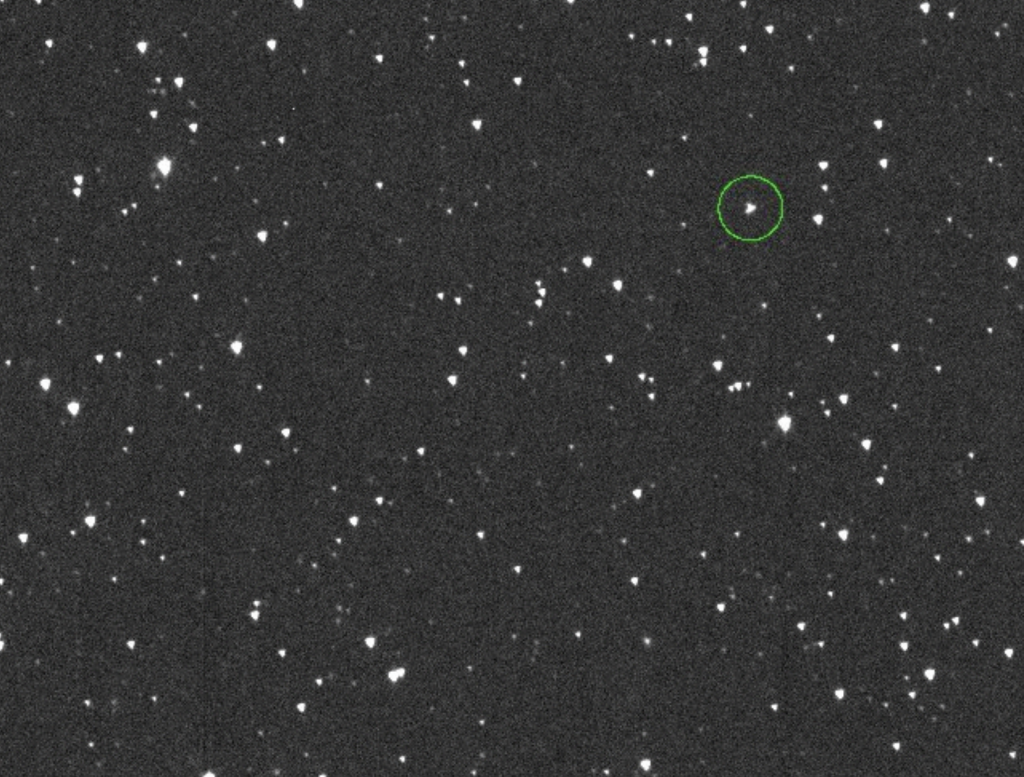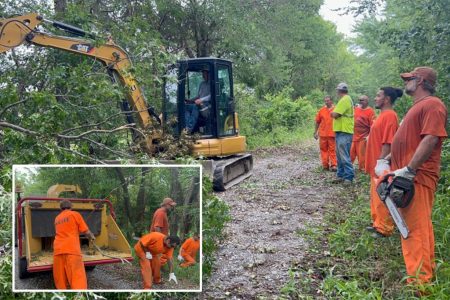According to recent data from NASA, the probability of Earth being hit by the 2024 YR4 asteroid, which was first discovered on December 27, has now increased significantly. Initially, the odds of a collision were estimated at a 12-percentage chance, but NASA upped this probability to 2.3% following initial findings. The asteroid has been growing larger, with estimates ranging from 130 to 300 feet in diameter. This growth underscores its increased potential impact risk.
NASA’s Center for Near Earth Object Studies (CNEOS) has further updated these probabilities, bringing the risk of collision to approximately 3.1%, or a 3.1 percent chance. This update reflects the asteroid’s larger size and its heightened likelihood of impacting the Earth. The International Asteroid Warning Network (IAWN) has declared 2024 YR4 on a high-risk list, with its impact probability crossing the 1 percent threshold on January 27. This action serves as a critical alert for global space travel, emphasizing the need to monitor the asteroid’s trajectory closely.
For the 2024 YR4 asteroid, the associated risk corridor includes some of the Earth’s most populated cities, such as Bogota in Colombia, Mumbai and Chennai in India, and Lagos in Nigeria. This region is where modern cities are most heavily populated, presenting a high potential for widespread destruction if a collision occurs. A Torino Scale of 3 classifies the asteroid’s impact probability as high risk, as it meets the criteria for likelihood assessment ((LLA) but precludes its being erroneously classified as a city killer. Smaller asteroids fall on the lower end of the scale, but their high likelihood of collision cannot be classified as a city killer because of their size and rarity.
Expert scientist Bruce Betts, chief scientist of The Planetary Society, provided critical insights into the asteroid’s potential to cause significant harm. Betts concluded that if 2024 YR4 strikes Earth, it would likely cause a “city killer” effect, wiping out major cities and their environs. This expert opinion underscores the severity of the situation and the urgent need to caution travelers about the asteroid’s travel plans. The European Space Agency (ESA) stated that the asteroid has a 2.4 percent chance of impacting Earth, though it will cause severe damage to a local region. This information aids public awareness and decision-making, especially for individuals involved in space travel.
As for future travel, NASA’s efforts to monitor the asteroid’s trajectory and understand its orbit highlight the importance of continuous monitoring. The asteroid’s potential impact probability on Earth has decreased slightly, but the risk remains low. When scientists predict that the asteroid will return to Earth’s vicinity shortly, they emphasize the safer stance of travel. However, Betts cautions against nearing travel dates due to the near-zero probability of the asteroid actually impacting Earth. Public travel enthusiasts should remain vigilant and avoid attempts to confront the asteroid unless absolutely certain.
The updated risk of 3.1 percent with a Torino Scale of 3 and the decreasing probabilities of future collisions make the asteroid a highly bargained-for object for global space travel. For individuals and organizations fascinated by such events, these updates highlight the significance of caution and preparedness. The story of 2024 YR4 serves as a cautionary tale for anyone considering space travel, emphasizing the need for long-term preparedness and awareness. In the future, the potential of 2024 YR4 will once again serve as a cautionary figure, drawing hope, confusion, and caution among those who consider engaging with space’s destructive power.










